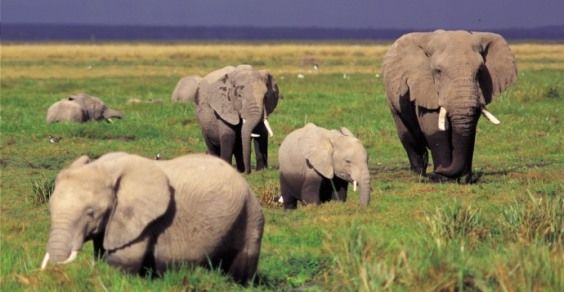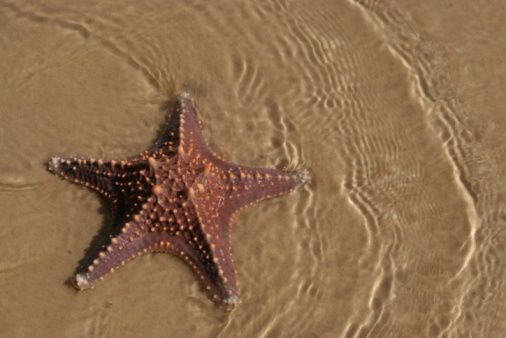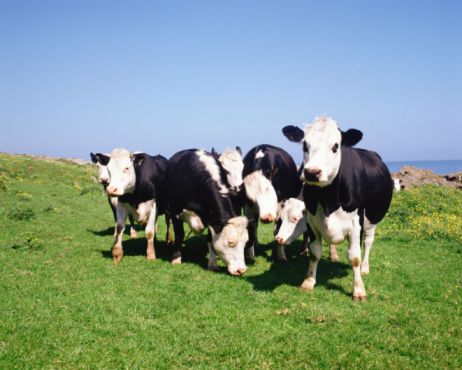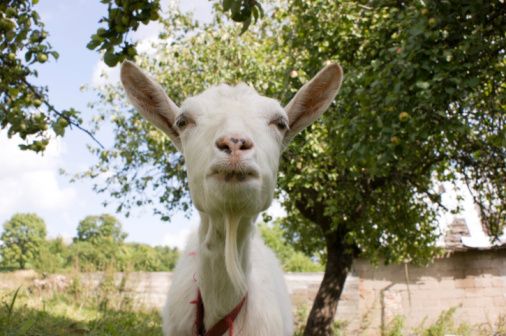Animals play a role of fundamental importance in maintaining the delicate balance of our ecosystem. As for humans, however, they too can lose their eco-sustainability and become dangerous for the environment. This happens when the balances of nature undergo alterations. Let's take a closer look at ten animal species with a strong environmental impact.
He is about to end up run over, his mother saves him
Animals play a pivotal role in maintenance of the delicate balance of our ecosystem. As with man, however, they too can lose their eco-sustainability becoming dangerous for the environment. This happens when the balances of nature undergo alterations. Let's take a closer look at ten animal species with a strong environmental impact.
- Elephants. Big animals for big appetites

Not surprisingly, the elephants have a strong impact on our ecosystem are, in fact, the largest and most powerful land animals in the world. In search of food, they scour vast territories, leaving evident traces of their passage: they break branches, uproot bushes and cut down entire trees: they consume about 150 kg of vegetables every day. Usually thanks to the vastness of the feeding areas, nature is able to heal the damage caused by their passage. But when man puts his hand in it, with fences, with cultivated land, invading the living spaces and restricting the "freedom" of these splendid animals, here is that even the most natural behavior, such as the search for food, can radically change a landscape.
-
Locusts. When union causes destruction
Remember that the Exodus (Ex 10,1-20) evokes the 10 plagues that plagued Egypt, among these terrible was the eighth: theinvasion of the standsand, which still have devastating power today. The swarms can cover hundreds of square kilometers (up to 500 km per day) and are made up of billions of grasshoppers. A real plague that manifests itself in the presence of particular conditions and that leads locusts, generally solitary, to aggregate with their own kind. It is the particularly intense rains caused by climatic anomalies that act as a vehicle for these insects. A medium-sized swarm can quickly strip entire fields of vegetation, consuming 2.500 people in a day. How can we fight this scourge? Up to now, very harmful pesticides have also been used for other insect species and it is for this reason that the Locust information service of FAO, is experimenting in some areas, the metarhisium, a fungus that could be an eco-pesticide for grasshoppers. -
Starfish crown of thorns. The barrier scourge.

These large starfish (Acanthaster planci) get their name from the long, venomous spines that completely cover their bodies. They are mainly nocturnal and live near coral formations feeding on the polyps and the cenosarco of the madrepores. When the species gathers in groups of more than twenty specimens, it is able to put the ecosystem of the coral reef to a severe test. Each individual is, in fact, capable of destroying five to 10 m2 of barrier in one year. It feeds on adult corals and inhibits the growth of younger ones. The overpopulation that has characterized the species in the last ten years seems to be due to three triggering causes: pollution, the decrease of its predators due to fishing such as the Charonia tritonis, a gastropod mollusc, and finally its extremely vital and reproductive cycle. rapid.
Cattle and the ozone hole

According to the Food and Agriculture Organization of the United Nations, intensive farming of cattle is responsible for 18% of greenhouse gases. Cattle emit a large amount of methane through burps and flatulence. Cattle farming is also responsible for deforestation around the world, particularly in the Amazon rainforest. Driven by growing human demand for food, livestock in many regions of the world graze intensively, drastically reducing biodiversity
Common carp. Allochthonous now autochthonous
The common carp feeds on the seabed, uprooting and disturbing the submerged vegetation and altering the environment in which it lives. They are particularly harmful when introduced into a foreign environment by becoming one extremely invasive species. The United States and Australia spend millions of dollars each year to keep the common carp population under control.Goats. Appetite comes with eating.



























